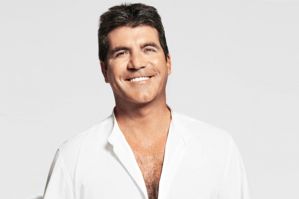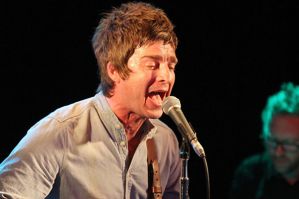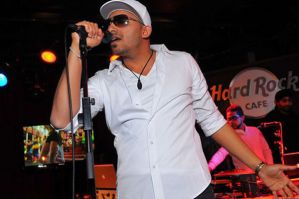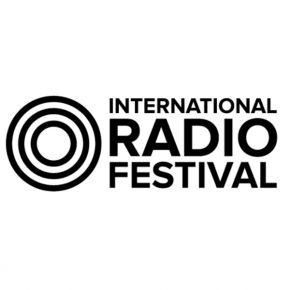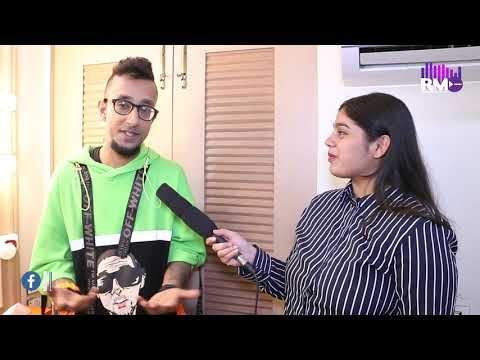Ofcom publishes digital progress report for radio
MUMBAI: UK media watchdog Ofcom has published its first annual Digital Progress Report for radio.
This is part of the Digital Radio Action Plan, announced by the government in July, requesting Ofcom to publish an annual report on the availability and uptake of digital radio services.
The UK Government announced its Digital Radio Action Plan this month. Ofcom was asked in the plan to publish an annual report on the availability and take-up of digital radio services. This is the therefore the first of those reports.
The plan emphasises that digital radio switchover should only begin when the market is ready for such a process and that it should therefore be predominantly consumer-led. An aspirational target date of 2015 was supported by the report. But it also concluded that a decision on switchover could only made once two criteria had been fulfilled:
- when 50 per cent of all radio listening is via digital platforms and when national Dab coverage is comparable to FM, and local Dab reaches 90 per cent of the population and all major roads.
The report includes data on digital radio devices share of radio listening. Future editions will also report on the coverage project, designed to measure current levels of FM and Dab coverage.
Digital radio services are available via a number of different platforms including Dab digital radio, digital television (Sky, Freeview, Virgin Media, Freesat), and via the internet (which includes services received on PCs, WiFi internet radios and internet-enabled mobile phones.
In the three months to the end of March 2010, just under a quarter (24 per cent) of all radio stening hours were to services delivered over a digital distribution platform. This was a 4 percentage point (pp) increase in digital listening over the year and an 11pp increase in three years.
The proportion of digital listening varied significantly by demographic group. Listeners under 65 and those from more affluent demographic groups were the most likely to listen to radio over a digital distribution platform. Digital listening was less prevalent among those over 65, and far less so among listeners over 75.
DAB digital radio was the most widely-used means of listening to digital radio services, accounting for almost two-thirds (63 per cent) of all digital listener hours in the first quarter of the year; DTV was the second most popular choice (17 per cent) with streaming over the internet ranking third (13 per cent).
The most listened-to digital-only radio stations also attract significant audiences. Five digital-only stations drew in over a million listeners per week in the first quarter of the year. The Hits was the most popular digital-only station, with a weekly audience of 1.5 million listeners over the quarter although down by 14 per cent year-on-year. BBC 6 Musics reach grew fastest over the past twelve months, reaching over 1 million listeners in Q1 2010 (up by 53 per cent year-on-year).
Ofcom estimates that there are between 70-80 million radio sets in homes (in the form of portables, hi-fis or clock radios) and a further 34 million sets installed in cars and commercial vehicles. The total universe of these sets is therefore estimated to be at least 104 - 114 million.
There are, in addition to sets in the home and in vehicles, analogue radio tuners embedded in other devices such as mobile phones and MP3 players. Digital radio services are also available through digital television decoders, and can also be streamed over the internet to WiFi radios, PCs, and some mobile handsets.
Ofcom consumer research shows radios in vehicles are the most likely sets to be used on a weekly basis (92 per cent of the total). A majority of portable sets are also used weekly (81 per cent); the comparable figures for clock radios and hi-fis are 73 and 66 per cent respectively.
Over 11 million Dab digital radio devices have now been sold in the UK. Ofcom estimates that 14- 16 per cent of radio sets in the home are digital (close to the 11 million DAB digital radio sets that have been sold). In vehicles, it estimates that the number of DAB sets represents around one per cent of the total on the road.
More than one third (34.5 per cent) of households in trhe first quarter of the year claimed to have access to Dab digital radio, up by 2.4 percentage points year-on-year. Take-up varies significantly across the UK. This was highest in east Surrey with over 50 per cent of homes owning DAB, while many regions of Southern England and parts of Yorkshire also had above average ownership. Dab take-up was lowest in Northern Ireland, south-east Scotland and north-west Wales.





